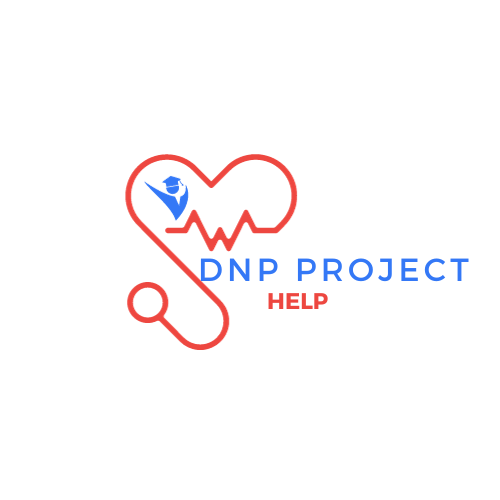Question
Prepare a DNP project proposal for the following PICOT question with the articles provided or with a new literature review. “In outpatient clinic staff (P), how does the implementation of a standardized emergency management protocol with staff training (I), compared to no formal protocol or training-week (C), impact emergency preparedness and response effectiveness, as measured by protocol adherence rate, and staff confidence levels (O) over a four-week period (T)?” With a possible emphasis on mental health issues.
1. Title Page
Title:
Improving Emergency Preparedness in Outpatient Clinics: Implementing a Standardized Emergency Management Protocol with Staff Training
2. Abstract (To be written after full proposal is complete)
A brief summary of the background, PICOT question, intervention, methods, expected outcomes, and significance. We’ll write this at the end.
3. Introduction / Background and Significance
Purpose of the Project:
Outpatient clinics often lack robust emergency preparedness protocols, leaving staff underprepared for acute events such as medical crises, natural disasters, or psychiatric emergencies. This is particularly concerning in mental health clinics, where behavioral emergencies can escalate quickly. This DNP project aims to implement and evaluate a standardized emergency management protocol with staff training to enhance emergency response and preparedness.
Problem Statement:
There is a significant gap in structured emergency preparedness training in outpatient clinical settings, particularly in clinics serving patients with mental health needs. This gap may lead to delayed or inadequate responses during emergencies, putting patients and staff at risk.
Significance to Nursing Practice:
Improving emergency preparedness aligns with key nursing priorities: ensuring patient safety, enhancing staff competency, and reducing risk. Advanced Practice Nurses (APNs) can lead the charge in transforming clinic culture through the implementation of evidence-based protocols and education.
4. PICOT Question
P – In the outpatient clinic staff
I – How does the implementation of a standardized emergency management protocol with staff training
C – Compared to no formal protocol or training
O – Affect emergency preparedness and response effectiveness (measured by protocol adherence and staff confidence)
T – Over a four-week period?
5. Literature Review (This section includes citations – can be built with updated references if needed)
Key Themes:
- Emergency preparedness gaps in outpatient and mental health settings
- The effectiveness of standardized protocols in improving emergency outcomes
- The impact of training on staff confidence and response capability
- Behavioral health crisis management and trauma-informed care
6. Theoretical/Conceptual Framework
Chosen Framework: Donabedian Model of Quality Care
- Structure: Availability of emergency protocols and training
- Process: Staff use of protocols and response during simulated/emergent events
- Outcome: Protocol adherence rates and staff confidence levels
This model provides a logical structure for evaluating quality improvement based on changes in clinical infrastructure and processes.
7. Project Design and Methods
Design:
Quasi-experimental design with pre- and post-intervention measures.
Setting:
Outpatient clinic(s), potentially with a behavioral health focus.
Participants:
All clinic staff (nurses, medical assistants, admin/front desk staff)
Inclusion Criteria:
- Employed at the clinic for at least 30 days
- Directly involved in patient care or emergency procedures
8. Intervention Description
1. Protocol Development:
Develop a standardized emergency management protocol customized to the clinic’s needs (e.g., fire, cardiac arrest, behavioral crisis).
2. Staff Training Program:
- Didactic sessions on emergency procedures
- Simulation-based drills (e.g., mock code, de-escalation scenarios)
- Pre- and post-training evaluations
3. Timeline:
- Week 1: Pre-assessment of confidence and baseline adherence during unannounced drill
- Week 2-3: Staff training and implementation of protocol
- Week 4: Post-intervention evaluation and follow-up drill
9. Data Collection and Analysis
Primary Outcomes:
- Protocol adherence (checklists during drills, observational data)
- Staff confidence levels (measured via Likert-scale surveys pre- and post-training)
Data Analysis:
- Descriptive statistics for demographics and baseline data
- Paired t-tests to compare pre- and post-confidence levels
- Chi-square or proportions analysis for protocol adherence
10. Ethical Considerations
- IRB approval from the institution
- Informed consent from all staff participants
- Data is de-identified and securely stored.
No anticipated risks to participants beyond minimal discomfort during drills or surveys.
11. Budget and Resources (if required)
- Printing of materials
- Training tools (e.g., simulation mannequins, de-escalation props)
- Staff time (may need buy-in from leadership to support training hours)
12. Anticipated Outcomes and Implications
- Improved staff confidence and preparedness
- Increased protocol adherence during emergency events
- A replicable model for outpatient clinics, including behavioral health settings
13. Sustainability and Dissemination
- Protocol embedded into clinic onboarding and annual training
- Results shared with clinic leadership and potentially presented at nursing conferences or published in QI journals.


